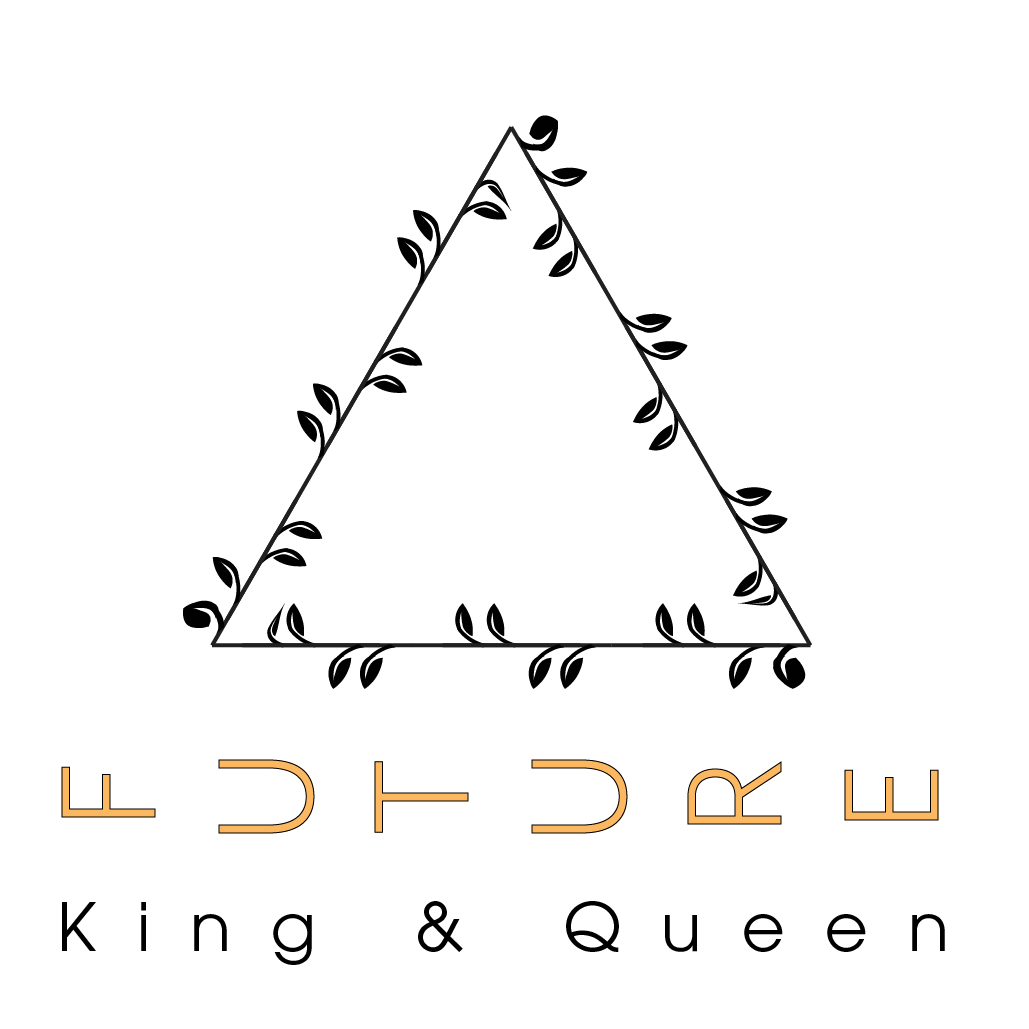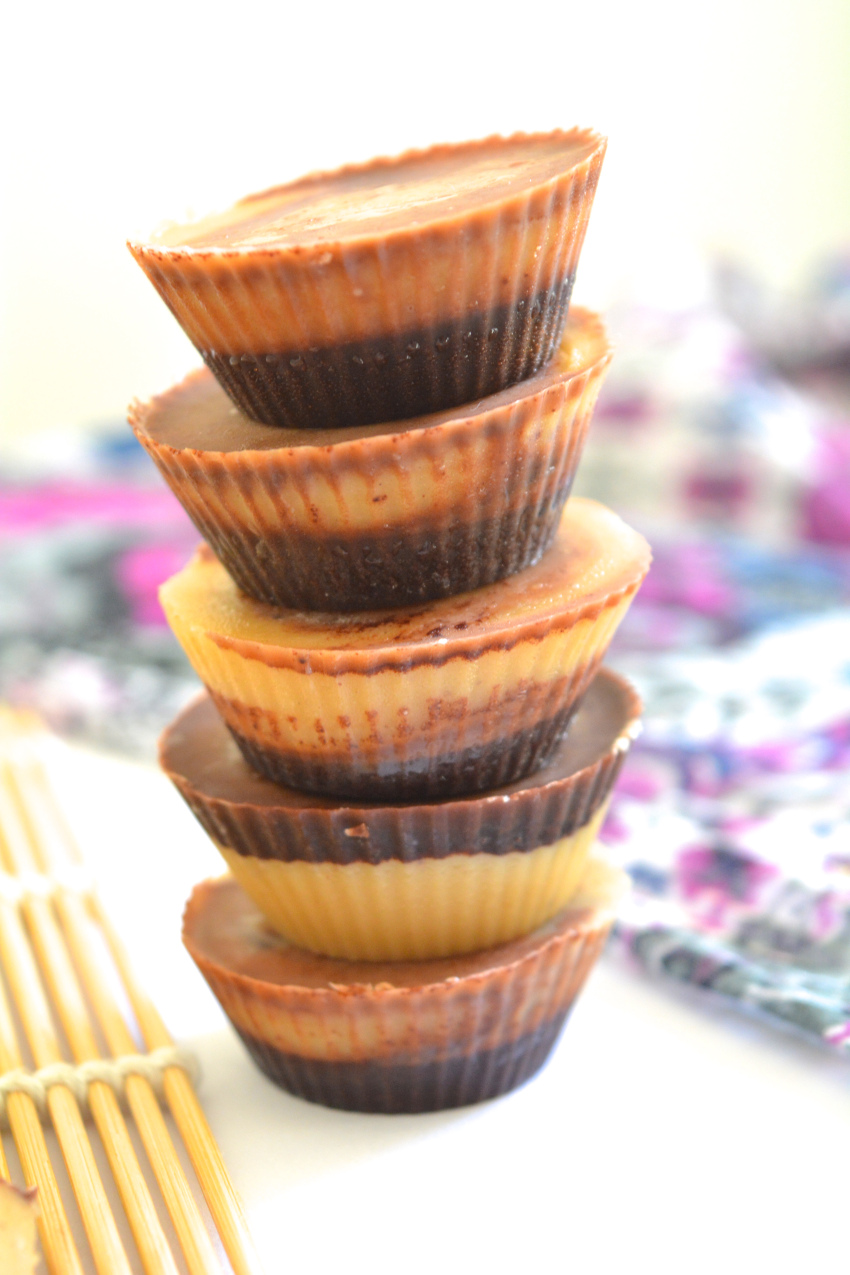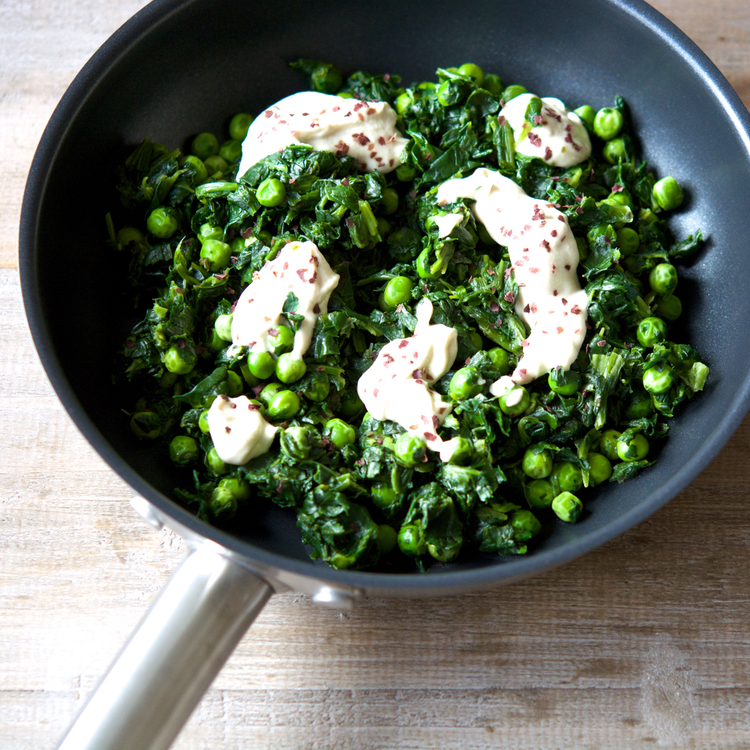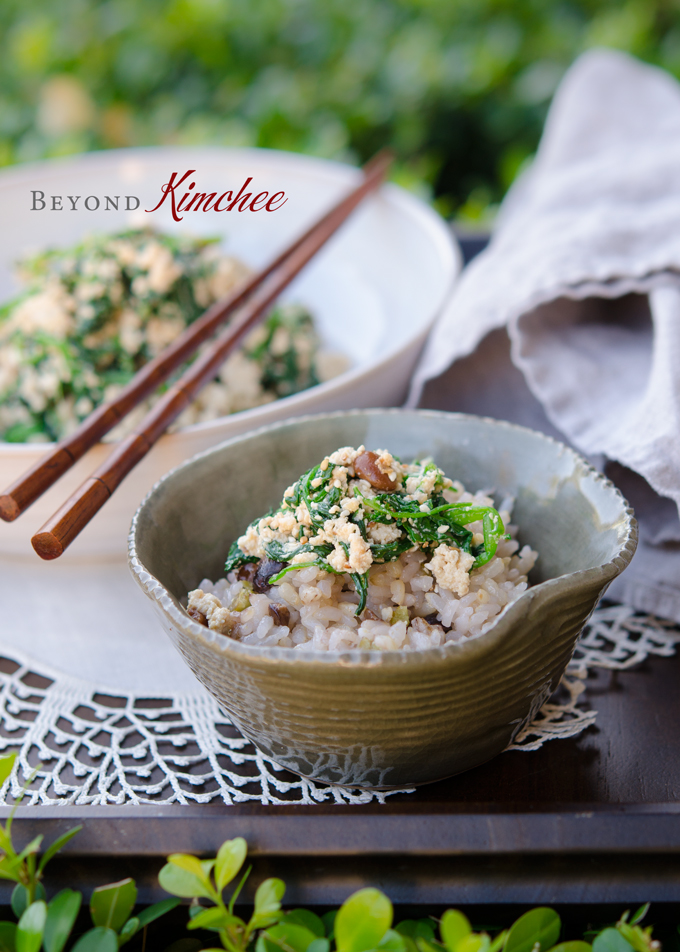Calcium rich foods (dairy free!)
Our bones are made up of calcium phosphate and collagen,
so it's a logical thought that by eating more calcium-dense foods, our bones will be healthier.
But there's more to the story, because healthy bones require a combination of factors - and consuming calcium rich foods is just part of the equation.
We look at how much calcium is recommended by the leading international osteoporosis society, what other factors are involved in healthy bones, and some of the foods which have the highest sources of bioavailable calcium.
The mix of factors which are important to bone health include:
- Getting regular exercise - especially important as we become more sedentary.
- Not smoking.
- Alcohol consumption - the more alcohol, the greater the reduction in calcium uptake.
- Not consuming too much caffeine - 3 or more cups a day has been shown to reduce calcium absorption.
- Vitamin K. Eating adequate amounts of leafy, green veggies which are high in vitamin K - which is required for proper calcium absorption.
- Vitamin D. Ideally through exposure to the sun to allow the body to produce this essential vitamin.
- Eat the Rainbow. Eating a good mix of fresh fruits and vegetables provides overall nutrition and powers the body to encourage calcium to stay in the bones, rather than being leached out to neutralise acid in the body. It's believed that a variety of minerals & vitamins (vitamins A & C + magnesium, phosphorous, zinc, boron, iron, copper) can lower the risk of osteoporosis
Is cow milk necessarily the best source of calcium?
Long term studies have provided some surprising results - including this 12 year Harvard study:
" OBJECTIVES:
This study examined whether higher intakes of milk and other calcium-rich foods during adult years can reduce the risk of osteoporotic fractures.
METHODS:
This was a 12-year prospective study among 77761 women, aged 34 through 59 years in 1980, who had never used calcium supplements. Dietary intake was assessed with a food-frequency questionnaire in 1980, 1984, and 1986. Fractures of the proximal femur (n = 133) and distal radius (n = 1046) from low or moderate trauma were self-reported on biennial questionnaires.
RESULTS:
We found no evidence that higher intakes of milk or calcium from food sources reduce fracture incidence. Women who drank two or more glasses of milk per day had relative risks of 1.45 for hip fracture (95% confidence interval [CI] = 0.87, 2.43) and 1.05 for forearm fracture (95% CI = 0.88, 1.25) when compared with women consuming one glass or less per week. Likewise, higher intakes of total dietary calcium or calcium from dairy foods were not associated with decreased risk of hip or forearm fracture.
CONCLUSIONS:
These data do not support the hypothesis that higher consumption of milk or other food sources of calcium by adult women protects against hip or forearm fractures."
Read the rest of the extract at US National Library of Medicine
How much calcium do we need?
The International Osteoporosis Foundation suggests that women & men require approximately 1000mg of calcium per day - increasing to 1200 for women over 50 and men over 70.
So I need foods containing 1000 mg calcium each day?
Well yes, and no. It's not quite that simple, because some foods which are HIGH in calcium are actually LOW in absorbable (or bioavailable) calcium. Eg milk contains a lot of calcium, but only 30-35% of it is absorbable.
There is also some debate in the scientific community about whether these Recommended Daily figures are possibly too simplistic.
"Additional evidence further supports the idea that American adults may not need as much calcium as is currently recommended. For example, in countries such as India, Japan, and Peru where average daily calcium intake is as low as 300 milligrams per day (less than a third of the U.S. recommendation for adults, ages 19 to 50), the incidence of bone fractures is quite low. Of course, these countries differ in other important bone-health factors as well—such as level of physical activity and amount of sunlight—which could account for their low fracture rates."
read the rest of this article at Harvard School of Public Health
Keeping your bones healthy with more than just calcium
There are some interesting studies which are exploring how exercise, and especially the maintenance of strong muscles, are possibly even more important in the health of bones than simply upping the calcium intake (either via diet or supplement).
"But while scientists debate the role of nutrients for protecting bones especially as we get older, the other issue in fracture prevention at any age is being able to stay on your feet and not fall and crack a bone. This is where muscle power – the ability of muscle to contract quickly and forcefully – really matters, Dr Jenny Gianoudis, of Deakin University's Centre for Physical Activity and Nutrition Research, says.
'If you're standing on a bus and it suddenly brakes, it's the fast response of muscles that helps you save yourself from falling,"'she says.
You can trip and break a bone whether you're 23 or 83 but the risk rises as the birthdays mount up, not just because bones may be thinner but because muscle power declines rapidly with age."
read the rest of this article at The Age Fracture Proof Bones - Why it's not just about calcium
But eating calcium rich foods are still important - as part of a balanced, fresh foods diet - so what foods are high in absorbable calcium?
High sources of absorbable calcium (dairy free)
- 200 gm of white beans provides 132 mg of calcium
- 120 gm water cress provides 188 mg of calcium
- 120 gm tofu provides 126 mg calcium
- 60 gm tahini provides 84 mg calcium
- 120 gm broccoli provides 112 mg calcium
- 60 gm dried figs provides 96 mg calcium
These figures are provided by the International Osteoporosis Foundation and can be seen here.
Comparison of Cow milk with Soy milk
1 cup of Soy Milk = 367 mg calcium
1 cup Cow Milk = 304 mg calcium
Cook it Up - delicious recipes which are high in calcium
images figs / ballet / da vinci drawing








